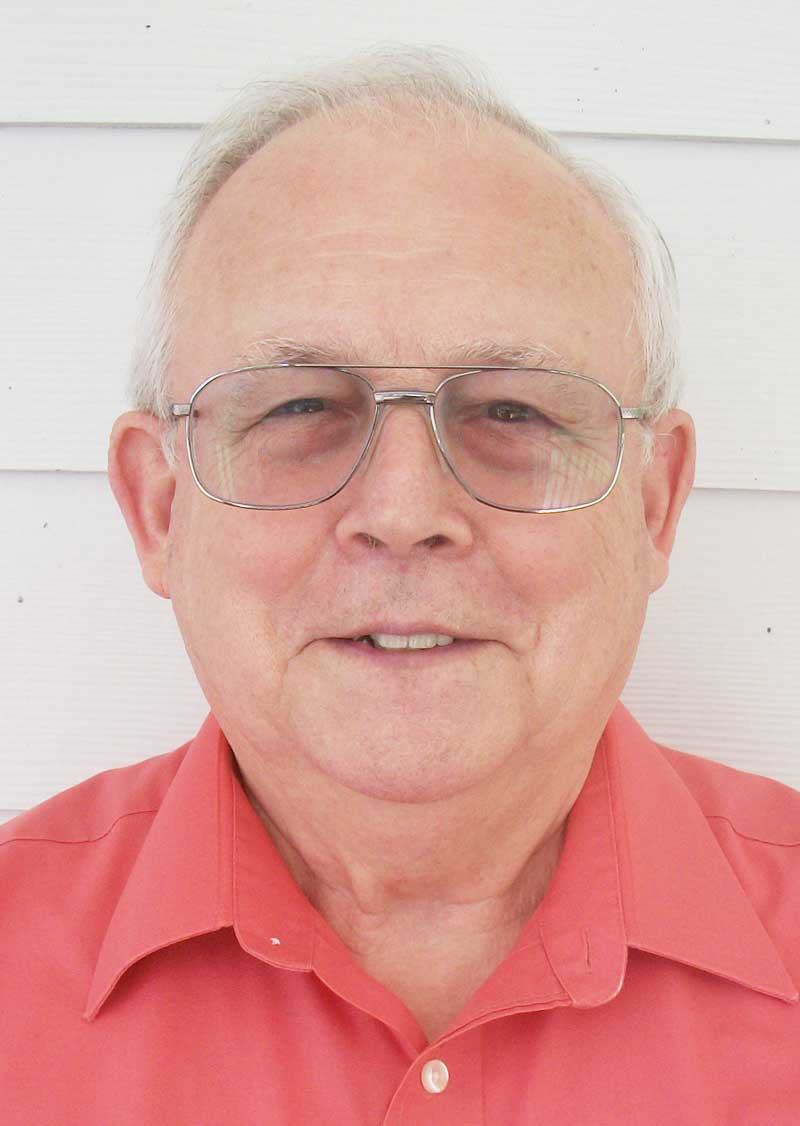
Editor’s note: Arapahoe resident Gordon Allison is a former electrical engineer with Motorola. You’ll seldom see him using a cell phone because he understands the inherent dangers of RF radiation.
Last week, we looked at the dangers of radio frequency (RF) radiation. Now let’s explore some common sense defensive tactics to minimize its negative health effects. Our country would do well to emulate European standards, which require using wired connections (ethernet) to the internet for all grades up to high school age. Using wire, rather than radio waves (WiFi) minimizes radiation. Studies have shown that an average USA kid uses a cell phone for four hours per day. What can parents do to protect their children?
- First, and this is obvious. Don’t give your child a cell phone!
- Second, demand that schools remove WiFi routers from the classroom. Any routers used in the office should be shielded from classroom areas.
- Third, dual band WiFi routers present a danger, since their signal levels are possibly three times higher than single band routers.
- Fourth, carry WiFi-connected devices that are turned off or placed in Airplane Mode. Keep your cell phone or tablet at least an inch away from your body when it is turned on or in use.
Here are some hints to give you a heads up on non-ionizing RF radiation:
1) If you have a “smart” home that you can remotely control and monitor, a/k/a an “internet of things,” you are exposing yourself, your spouse, your kids and grandkids to excessive radiation. You’d be surprised at how may things have WiFi and Bluetooth RF radiation emitters. A smart TV will have its WiFi system transmitting whenever AC power is applied. To improve your sleep cycle, put an inexpensive AC timer on the wall outlet and plug the TV power cord into it. Set it to go off at your bedtime and to come back on when you expect to view TV programming the next day.
2) If you have a “smart” electric meter on your home, it has high levels of radiation. Ask your electric company to allow only one or two data dumps per 24 hour day. But don’t call Tideland EMC. Their electronic meters are interrogated over your home’s AC power lines instead of RF signals flying through the air, and they use lower frequencies for their data gathering.
3) When you are near a cell site, the least radiation will be directly below the antennas at the base of the tower. As you move away from that point, the RF signal increases steadily, then decreases as the cell limit is achieved. However at that point, the next cell tower’s signal begins to take over.
4) If you want to know how dense the cell sites are, look at the height of the towers the cell antenna systems are mounted on. In an urban environment, cell sites will be located on the roof of a building and may not be visible. In a suburban area, the towers will be relatively short, say around 100 feet. In a rural area, the towers are likely to be 200 to 300 feet. In some western states such as Montana, the cell site could be flown from a tethered balloon. Then, there are the spy-type “spooks.” In the Washington, DC area, a government “agency” flew a Cessna 172 Skyhawk over an area of interest and recorded cell phone conversations as a form of wire tapping without a court order! Imagine that!
5) Urban work places could be receiving stronger WiFi and cell signals as the antennas could be close by – but not visible. This includes radiation from a business or home next door, the cell site on the roof nearby, or in churches or businesses that advertise “free” WiFi. Ask your favorite businesses if they have high speed access. This is a dead giveaway for dual band WiFi routers being in use (see above mention). Twice the radiation exposure!
6) Since cell phones have to work in urban environments where many cell sites are available as well as in rural areas where fewer sites are available, each cell phone, smart phone, and tablet varies its RF power to avoid one cell phone using a signal from more than one tower. Thus, in a place such as New Bern, your cell phone will be throttled back to a lower RF output power.
When you get to Pamlico County, the distances to cell sites increase from just a mile or two to as much as nine or so miles. Therefore, the RF power from the tower must be increased to transmit the signal to cover the larger geographical cell, resulting in more RF radiation. With trees absorbing the signal and distances being increased, cell phones tend to run wide open and put out the most RF power!
Because Pamlico County is rural, cell sites are few and far between and running at high RF power levels. Ergo, it is more dangerous to use a cell phone in Pamlico County than in New Bern.
How Cell Phone Systems Operate
A little history. Back in the 1960s vehicles could be fitted with a trunk mounted radio that could put out around 60 to 80 watts of RF energy. An outside antenna would be mounted on the vehicle roof or trunk or rear bumper. That era mobile telephone system was called IMTS, Improved Mobile Telephone Service. The improvement was removing live telephone operators from the operating system. There was a large cable from the trunk to the transmission hump where the telephone was mounted. To place a call, you lifted the handset and when you got a dial tone, you dialed the number. For someone to call you, they would call your number and the phone in the car would ring or buzz. There were three bands of 11 channels each. Your phone determined which 11 channels you would use.
The telephone company terminal was usually on a mountain top and you could use the service up to 50 or 60 miles in any direction from the mountain terminal. These phones were very popular with lawyers and construction foremen. There was a monthly fee on the order of $50 and a price of about $0.70 per minute. Advantages were the possibility of driving up to 120 miles without losing the connection. Disadvantages included: limited number of simultaneous conversations could be made, it was expensive, took a lot of DC power from vehicle battery, car wiring had to be added, the trunk unit produced a lot of heat and took up about a ½ cu. ft of trunk space.
Demand for the mobile telephones grew and Motorola and Bell Labs decided to work together to solve the problem.
Enter the early cell phones. This idea took a lot of transmit frequencies (100 originally) and paired them with another 100 receive frequencies. The use of UHF frequencies allowed tuned components to be small enough to fit in a handheld phone so transmit channels could be separated from the receive channels, allowing simultaneous talk and listen. Antennas were small too. UHF signals were less affected by interference and coverage areas were more precise.
Related posts:

Gordon is a frequent contributor to The County Compass










































